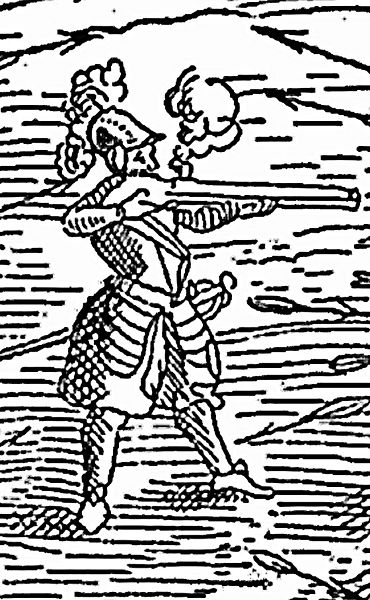
I am always going on and on about all the great things there are to do here in Vermont, but when have I ever stopped to just tell you a little bit about this magnificent place? So pardon me while I introduce to you- Vermont!
Before we delve into a bit of history, let’s get some of the important facts out of the way. The capital of Vermont is Montpelier, but it is not the largest Vermont city. That designation goes to Burlington. At 9,615 square miles, Vermont is among the country’s smaller states, ranking 45th out of 50. The population is 626,630, making it the next to the last of the states in number of residents. The major industries in the state are the production of maple syrup, dairy farming, tourism, electronics, and forest products such as paper. Two US presidents were born here: Chester Alan Arthur and Calvin Coolidge.
Vermont was the 14th state to join the union, making it the first one after the original 13 declared independence. The date was March 4, 1791. The name Vermont is derived from the French “mont vert,” or “green mountain.”
It is believed that the first European to gaze on Vermont was Jacques Cartier, in 1535. Samuel de Champlain, a French explorer, claimed the area as part of New France in 1609. In 1690 a contingent of Dutch-British settlers arrived from Albany in neighboring New York and established a trading post and settlement at Chimney Point, which is 8 miles west of today’s Addison.
War led to confusion about the boundaries of the region, or perhaps the other way around. In any case, on January 15, 1777, representatives of the New Hampshire Grants declared the independence of Vermont. Vermont was self-governing, but could not be admitted to the Union due to a land dispute with New York, which claimed Vermont as part of its own territory. The dispute was finally settled with an exchange of $30,000 to compensate New Yorkers who had claimed they owned land in what became Vermont. The compromise led directly to the admittance of Vermont into the Union on March 4, 1791.
